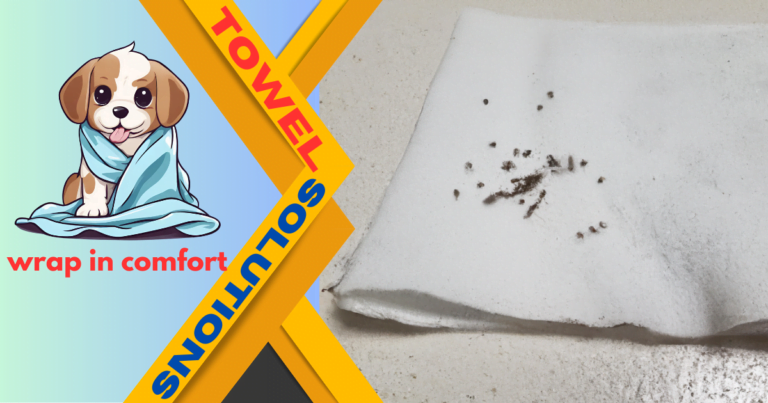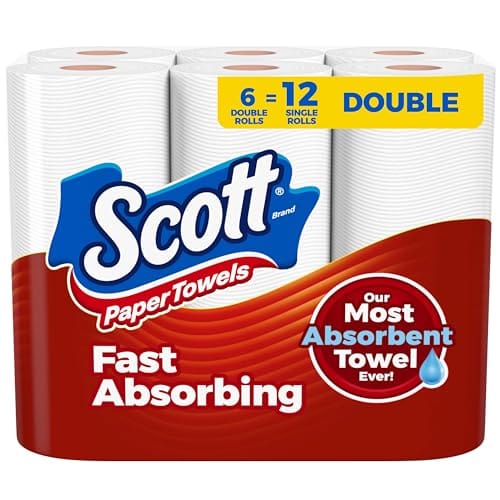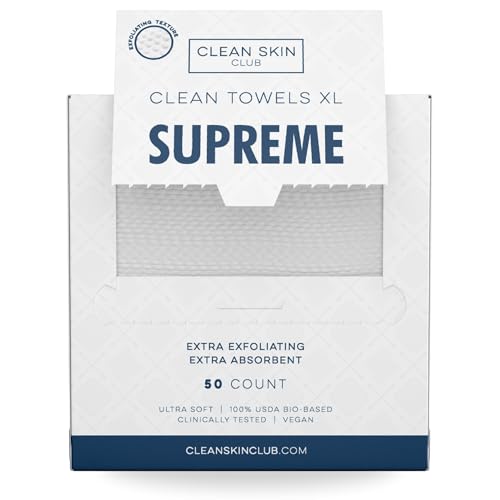Nits on a paper towel appear as tiny, oval-shaped specks, often yellowish or tan. They stand out against the white background, resembling minuscule seeds.
Understanding what nits look like can be crucial for parents and educators dealing with lice outbreaks. These small eggs, laid by head lice, attach firmly to hair strands but can sometimes be transferred to fabrics or paper towels during treatment or checks.
Spotting them is the first step toward effective lice management, making it important to recognize their distinct shape and color. This knowledge can save time and effort when implementing treatment strategies and preventing further infestations. Identifying nits on a paper towel allows for a clear course of action, promoting both efficient removal and peace of mind for those affected.
Identifying Nits On Paper Towel
Appearance Of Nits On Paper Towel
Nits are challenging to spot due to their small size and often translucent appearance. When placed on a paper towel, they resemble small specks. Unhatched nits appear as:- Silvery or whitish dots.
- Oval-shaped.
- About the size of a pinhead.
Characteristics Of Nits
Examining nits closely reveals more:| Characteristic | Description |
|---|---|
| Size | Less than 1mm long. |
| Shape | Nits have a distinct oval shape. |
| Color | Ranges from clear to brown. |
| Texture | They feel slightly bumpy. |
Distinguishing Nits From Other Particles
Color Comparison
Nits have a distinct color that sets them apart from other particles. On a white paper towel, nits typically appear:- Brown to tan, contrasting with the white background
- Sometimes grayish-white if they are empty egg casings

Size And Shape Analysis
When it comes to size and shape, it shows unique characteristics:| Feature | Description |
|---|---|
| Size | Small, about the size of a pinhead (0.8 mm) |
| Shape | Oval and often seen with one flattened side |
Potential Risks Of Nits On Paper Towel
Contamination Concerns
Finding nits on a paper towel raises instant red flags. While nits—the eggs of head lice—are usually found on human hair, transfer to other surfaces can occur. A paper towel could act as a temporary host, posing contamination risks to any surface or individual it comes into contact with. Consider the risks:- Paper towels might transport nits to new environments.
- These environments can extend to personal spaces like beds and closets.
- Nits may remain dormant only to hatch later, leading to infestation.
Transmission Of Diseases
While head lice are not known to transmit diseases, the presence of nits on paper towels can’t be ignored. Exposure to these nits potentially creates health scares:- Indirectly, nits can lead to skin infections from scratching.
- Secondary bacterial infections from open sores are a risk.
- Constant infestations can cause psychological stress for individuals.
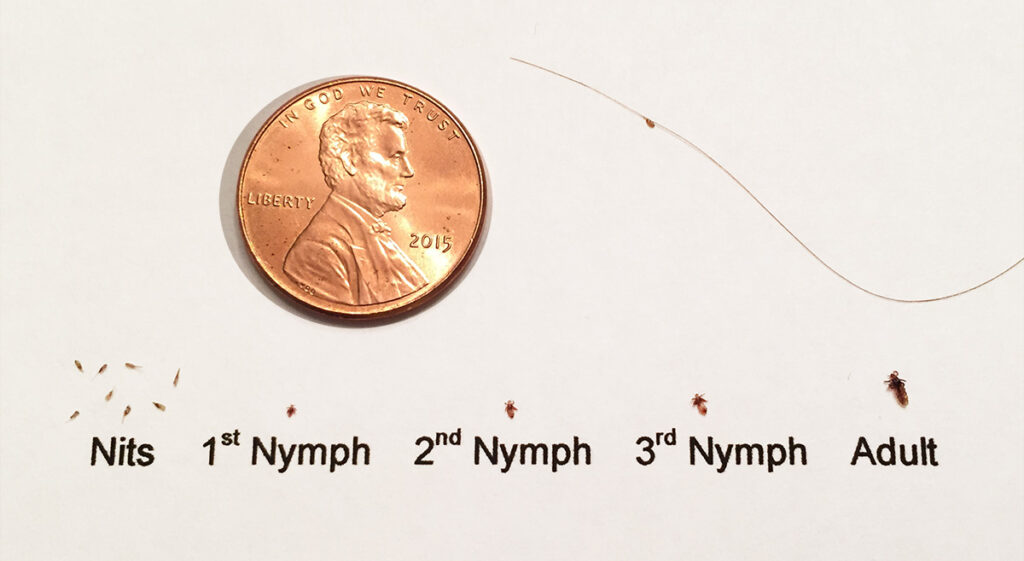
Effective Removal Methods
Disposal Techniques
Properly discarding nits means they won’t have the chance to hatch and multiply. Use the following steps:- Seal them in a bag. Place the paper towel with nits in a sealable plastic bag.
- Throw it away. Dispose of the sealed bag in an outdoor garbage can.
- Clean your hands: Wash your hands thoroughly with soap and water.
Cleaning Strategies
Cleaning your surroundings is crucial after nit removal. Stick to these strategies:- Vacuum frequently. Vacuum all carpets and furniture where nits may have fallen.
- Hot wash bedding: Wash all bed linens in hot water and dry on a high heat setting.
- Consult a professional. For serious infestations, consider calling a healthcare professional for advice.
Prevention And Maintenance Tips
Storage Practices
Adopt smart storage habits to minimize the risk of a lice infestation. Keep personal items separated to avoid cross-contamination. Here are some key points:- Store hats and scarves in individual bags or containers.
- Avoid sharing brushes or hair accessories.
- Use designated storage for each family member’s clothing and belongings.
Regular Inspection Recommendations
Regularly inspect for signs of lice to promote early detection. Here’s a simple method:- Use a fine-toothed comb on wet hair weekly.
- Examine the scalp and hair close to the roots.
- Wipe the comb on a white paper towel to spot any nits easily.
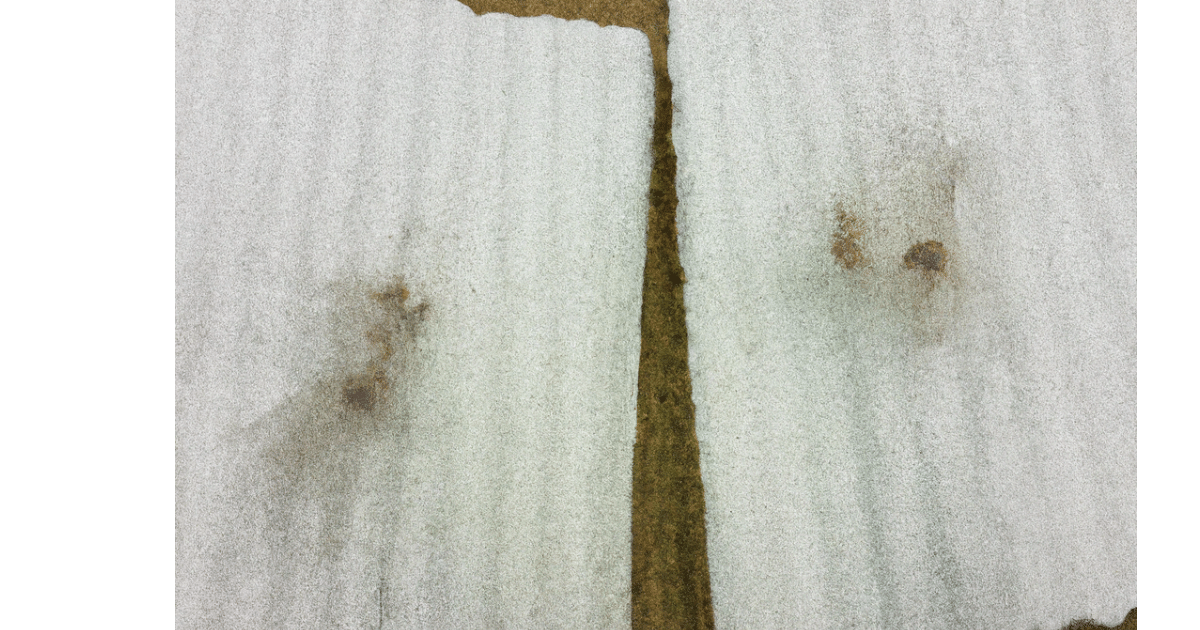
Frequently Asked Questions On What Do Nits Look Like On Paper Towel
What Do Freshly Laid Nits Look Like?
Freshly laid nits appear as tiny, oval, and glossy eggs, often yellowish or white, attached securely to hair strands near the scalp.
What Can Be Mistaken for Nits?
Dandruff flakes, residue from hair products, and dead skin cells can often be mistaken for nits.
How Can You Have Nits But No Bugs?
Nits are lice eggs and can remain attached to hair even after live lice have been eliminated. Regular checks and proper treatment can ensure a complete removal.
How do you spot nits?
Spot nits by inspecting the hair close to the scalp, especially behind the ears and at the nape of the neck. Use a fine-toothed nit comb and good lighting to identify tiny, oval-shaped lice eggs that are firmly attached to hair shafts.
Conclusion
Understanding the appearance of nits is essential to dealing with lice effectively. We’ve outlined the nuances of spotting these tiny pests on a paper towel. Armed with this knowledge, you can tackle lice head-on. Remember, early detection is key to preventing a full-blown infestation.
Stay vigilant and informed!

